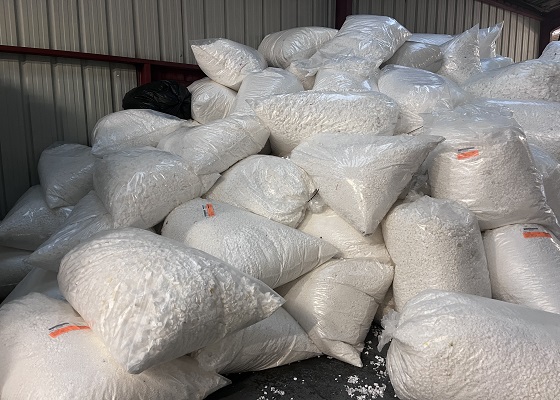The phrase “foam recycling” has progressively entered the public’s vocabulary in recent years. Foam recycling is a problem that more and more nations are starting to pay attention to because it has too much of an impact on both the natural environment and both humans and animals. The negative effects of foam pollution on them have been covered in an unceasing stream of news stories. 43% of marine mammal species. Ingestion of these fragments is usually fatal.

If you thought that not doing foam recycling would only be harmful to animals, then you would be wrong. According to a 2017 UN report, there are more than 51 trillion microplastic particles in the ocean, more than 500 times the number of stars in the Milky Way. In the process of collecting relevant information, GREENMAX found that an academic report pointed out that there is a kind of microplastic particles produced by foam (polystyrene foam) if it enters the human body, which will affect the blood coagulation function of the person. The association of the microplastic particles with blood coagulation proteins may influence the natural balance between pro-and anticoagulant pathways. After listening to this, do you still think that foam recycling is unnecessary?

Data survey reveals that this approach for recycling foam has progressively gained public acceptance in recent years and is used by numerous associated sectors. The ecological environment is well-served by this technique for recycling foam. Additionally, this recycling method’s operation is safe for human health. This recycling method works essentially along the following lines: To begin, we must set up a foam densifier. Using this foam densifier, we can compact the foam by pressing out the air, and we can then use the compacted foams for granulation. Granulation is the process of turning these foams into plastic particles through a series of expert procedures. Various new plastic goods are then created based on the characteristics of these plastic particles.
GREENMAX foam densifier has a high compression ratio of about 90:1, not only the most common EPS densifier that can be recycled, but also some other foams. Such as EPE foam and EPP foam.